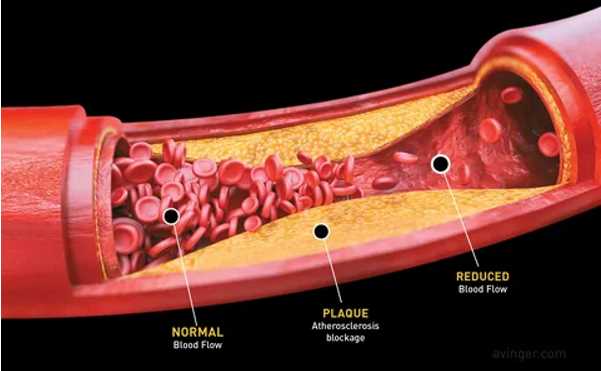Vascular problems can severely affect your quality of life. Problems with the arteries and blood pressure can also cause further complications. These will also be considered by your physician. A cardio vascular surgeon offers comprehensive vascular care to the community while honoring patients, physicians, and the community as a whole.
What are Vascular Problems?
Vascular problems are a group of conditions that affect the blood vessels. They can cause pain, lightheadedness, and even death. Common vascular problems include coronary artery disease, stroke, and heart attack. Each of these conditions requires different treatment. For coronary artery disease, for instance, doctors may prescribe medications to widen the arteries or open up blocked ones. Stroke victims may require surgery to restore blood flow to the brain. And heart attack patients may need angioplasty, a procedure that uses a catheter to open blocked coronary arteries or a stent to keep the artery open. They can cause pain and difficulty moving. Some of the most common vascular problems are stroke, heart attack, and leg amputation. If you experience any of these symptoms, it is important to seek medical attention as soon as possible. They can lead to a number of different problems, including heart disease, stroke, and diabetes. If you are experiencing any of these symptoms, it is important to speak with your doctor. They may be able to diagnose and treat your vascular problem quickly and effectively.
What Risk Factors Are at Risk for Someone With Known Risk Factors?
Heart disease, high blood sugar, hypertension, heart conditions, dementia, and other vascular disorders are the main killers on a global scale. When a risk factor is known, it is important to understand who is at risk. For instance, compared to the people without insulin, those with kidney disease have a 6 higher chance of having heart problems. The most prevalent type is atherosclerosis, which develops when plaque builds up in the arteries and leads to heart disease and diabetes. The individual is at risk for vascular disease because of these four factors. If they experience any of these four dangers, they might need to take medicine.
Causes of Vascular problems
- Venous Problems are conditions that can affect the veins circulating blood throughout your body. Conditions that can cause venous problems include:-
- Atherosclerosis: A build-up of plaque along the walls of arteries, which can narrow the arteries and lead to heart attack or stroke.
- Deep Vein Thrombosis (DVT): When a blood clot forms in a deep vein, often as a result of severe travel, surgery, or another injury.
- Pulmonary embolism: Formation of a blood clot in one of the lung’s arteries, most commonly due to travel by sea or air.
- Leg Varicose Veins: These are varicose veins located on the legs.
Who is most impacted by vascular disease?
Vascular disease is a problem that affects millions of people around the world. It can cause problems with the blood vessels that supply blood to parts of the body, including the heart, brain, and leg veins. This can lead to heart attack, stroke, leg amputation, and even death. Vascular disease is most common in people over the age of 50, but it can affect anyone regardless of age. It can be caused by a variety of things, including age, genetics, and lifestyle choices. Most people who develop a vascular disease are over the age of 50. However, it can also occur in younger people, especially those who have a family history of the condition. There is no one single cause of vascular disease, but various factors can increase your risk. Smoking, high blood pressure, obesity, and genetics are all contributors. Treatment depends on the underlying cause of the vascular disease. However, most patients require some form of medical intervention to prevent serious complications. This is a build-up of plaque in the walls of the arteries. Over time, this can lead to a number of problems, including heart attacks and strokes. Other types of vascular disease include peripheral arterial disease and coronary artery disease. However, these are less common than atherosclerosis.
Conclusion
It’s difficult to accurately diagnose vascular disease without knowing the source. An undiagnosed low heart rate during physical activity, cramps, lengthening of the left arm or leg, or severe chills are all signs that you should see a doctor as soon as possible. An Institute for Vascular Health can provide assistance if you have poor circulation or persistent leg discomfort.



